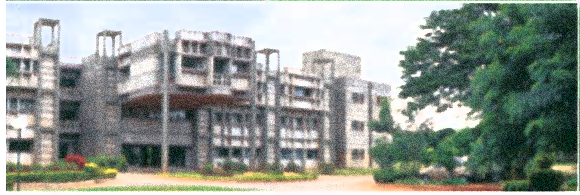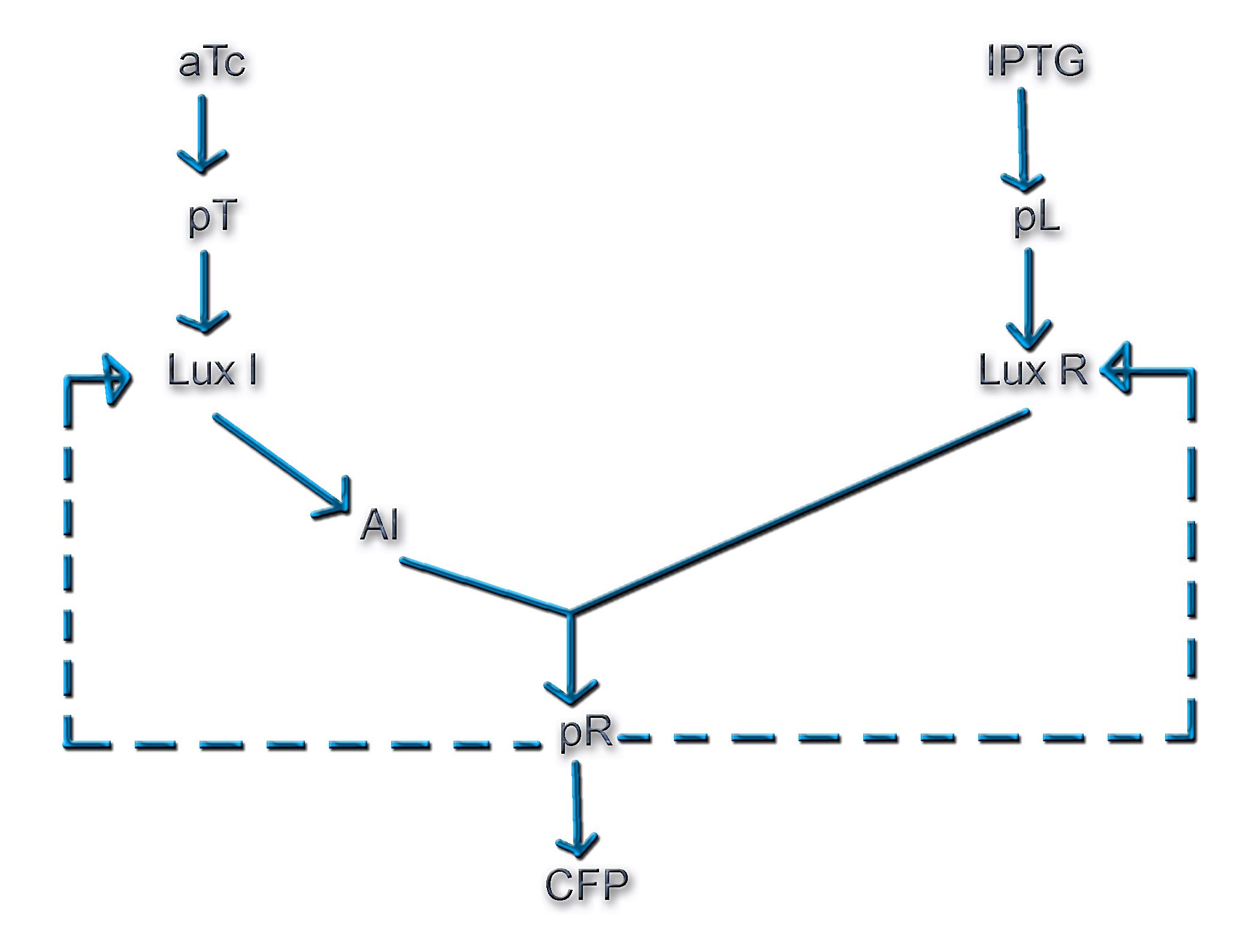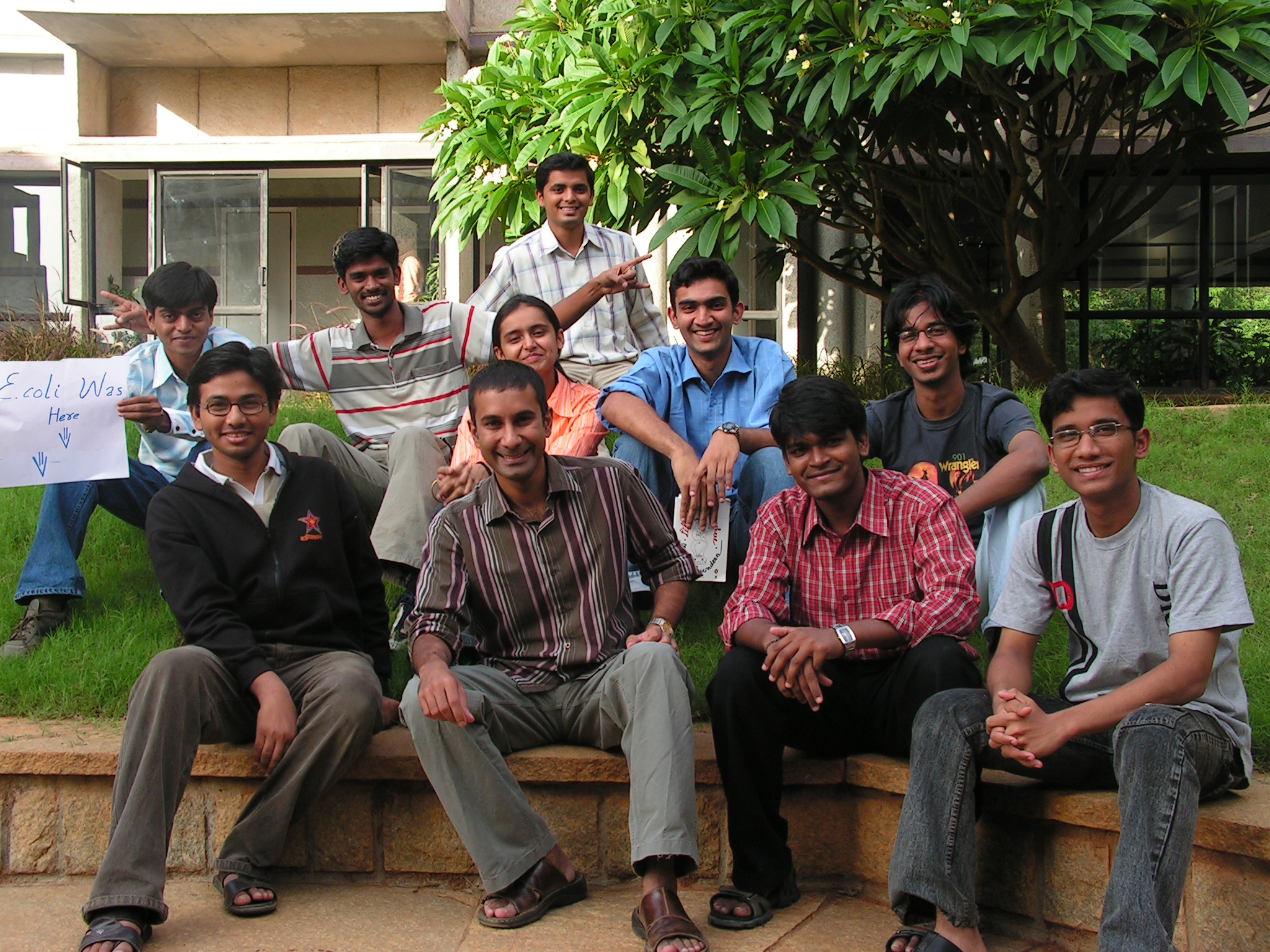Bangalore
From 2007.igem.org
| On July 1st 2007, a group of undergraduate of various disciplines and from around the country assembled at NCBS, to attempt a 'proof of principle' demonstration. Their mission: to assemble and test a 'genetically engineered machine', a complex network assembled from simple biological parts. You will be amazed how much they managed to achieve in just six weeks! | |
|
The National Centre for Biological Sciences is a research institute located in Bangalore, India. In 2006, a team of graduate students from NCBS was the first from India to participate in iGEM. This year, we are very excited to compete as an all-undergraduate team of six students, from six different colleges located in four cities around India. Now that the summer is over, we hope hope to take the excitement of iGEM back to our home institutions, and create new teams across India who will participate in future iGEMs. | |
| National Centre for Biological Sciences, Bangalore |
| Home | The Team | The Mission | Experiments | e-Notebook |
|---|
Introduction
|
For a class of feedback systems of arbitrary order, the stability properties and bifurcation diagram of the system can be deduced mathematically from how the system behaves when feedback is blocked (Angeli et al). The system is guaranteed to be bistable for some range of feedback strengths provided the feedback-blocked system is monotone and shows a sigmoidal characteristic. We have constructed a synthetic genetic circuit similar to the Vibrio Quorum Sensing System. In our system, the production of the autoinducer is under the control of a gene, the expression of which involves positive feedback. The transcriptional regulator, LuxR* (which is a complex of LuxR and the autoinducer AI) governs the expression of the promoter, pR and we use CFP as the reporter here. Since the concentration of LuxR* depends on the concentrations of both AI and LuxR, we have a remarkable handle on the feedback of this system. Note that this is a positive feedback system and its open loop can be closed in two different ways as shown in the following fig.
Now we plan to check for the bistability of this circuit. Our approach is to conduct a set of open loop experiments on the bacterial strain E-coli K12Z1. We vary the concentrations of AI and LuxR and get the I/O characteristic curves over a range obtained by varying the concentration of the corresponding inducers (aTc and IPTG). We quantify the expression levels for the genes at different stages by measuring the fluorescence intensities of CFP and YFP reporter proteins in the constructs using Fluorescence Microscopy. The sigmoidal family of curves obtained from these open loop experiments when intersect with the superimposed equivalence line will give the steady states for the system. And thus the stability of these states will be concluded thereafter on the theorem proposed by Angeli et al. For a detailed description of our project, the experimental design and the mathematical model, go to The Mission. |
Bangalore iGEM Team 2007



